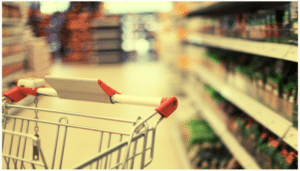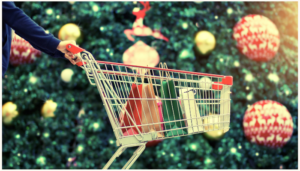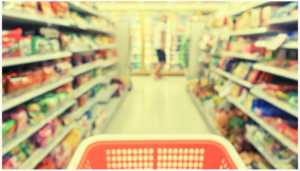Navigating the Uncertain Trends Shaping the Convenience Store Landscape
Reading Time: 5 Minutes
Today the convenience store industry is experiencing much change and disruption. This is one of enduring characteristics of the industry and its leading entrepreneurs should be willing to change in order to meet customer needs and react to market factors.
A primary difference today is the speed of change.
With technology and execution capabilities enhanced, changes can happen very quickly.
We see this with mobile payments, home delivery or store pick up, and new product offerings.
The decline in gas gallons due to things like improved miles per gallon efficiency, expansion of alternative fuels, growth in electric cars, and the advent of ride-sharing services like Uber is another key factor that is reshaping the landscape.
The result of all of the above has been in some cases a decline in actual customer traffic to sites or at a minimum a decline in cigarette and gasoline sales.
There may or may not continue to be competitive and market changes that threaten to slightly decrease traffic to convenience stores, but what is certain is that retailers should focus even more on “benefiting more from your existing customers”.
The key questions that operators should be asking are how can you…
A) keep your current customers loyal to you?
B) get more sales and profits from your valued customers?
In order to answer these questions, it’s necessary to have the data and history to formulate a current state and then plan for a desired state.
Detail transaction log, by the SKU data needs to be modeled from history to produce consumer behavior analytics.
Some of the questions that can be answered by an analysis of this data include:
- What are customers buying?
- What is the market basket?
- How are promotions performing?
- What products when purchased produce a halo effect of buying other products?
- What products when purchased cannibalize other products?
- What are customer segments and demographic purchasing habits?
- What is the price/volume elasticity of each product in the store?
After the models have been created and insights derived with the appropriate technology and science you are able to create predictive models that will forecast future consumer behavior with product sales of units, dollars and gross profits.
This can then be incorporated into your pricing process to generate optimal prices for regular everyday pricing and promotion pricing.
The result “maximizing the benefits from your existing customer base”.
The Latest Insights – Straight to Your Inbox
Sign up for the ClearDemand mailing list for actionable strategies, upcoming events, industry trends, and company news.














